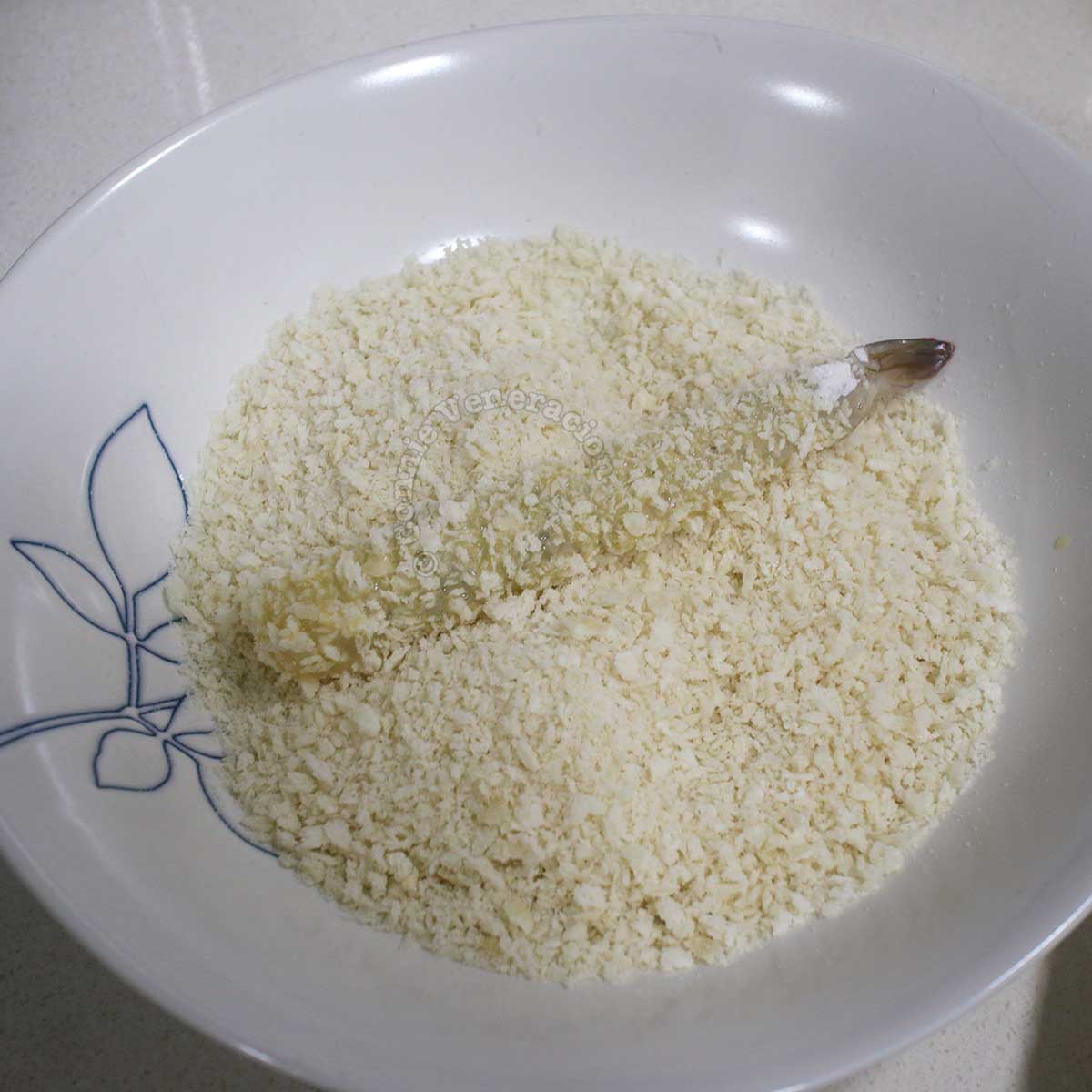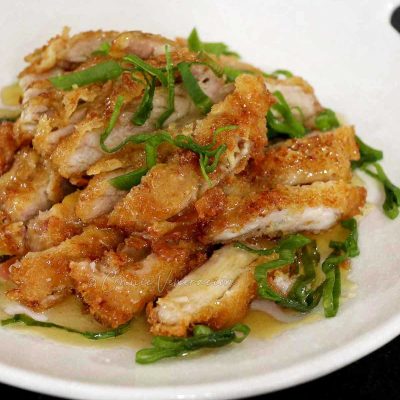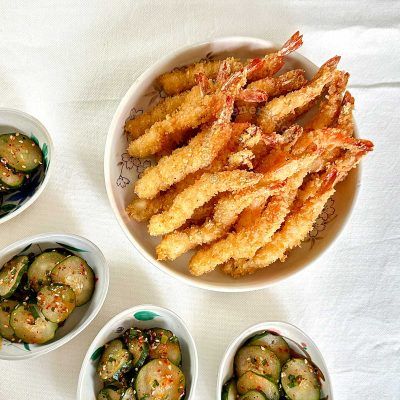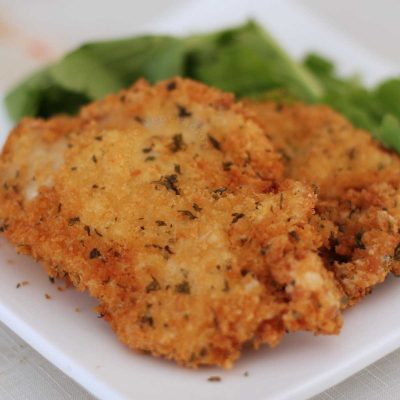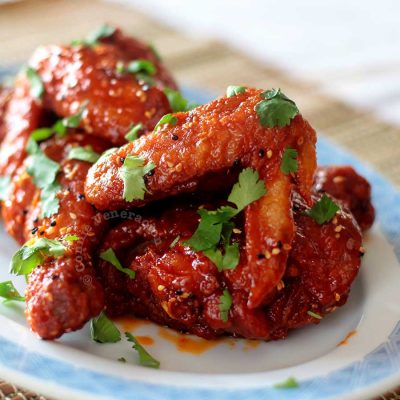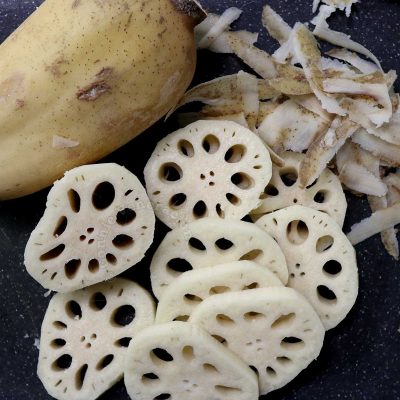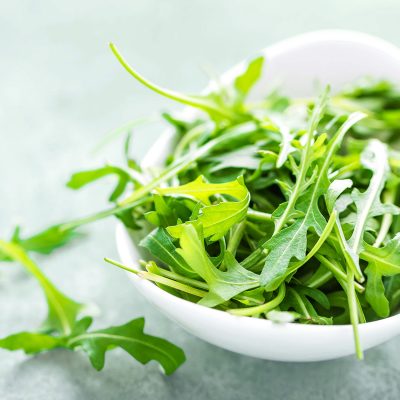Made from crustless bread, panko is widely used in Japanese cooking although it is no longer found exclusively in Japanese cuisine as it has become a popular coating for fried food all over Asia and even in non-Asian countries.
Characteristics of panko
What makes panko different from other bread crumbs? A lovely airy crispiness. Plus the fact that, when used correctly, panko absorb less oil than regular bread crumbs.
According to a panko manufacturer (the Youtube video is no longer available), the bread used for making panko is cooked with electric current, not heat. The process produces a soft crustless bread that is then air-dried for 18 hours before the loaves are grated using special equipment. It is the special process that gives panko its distinct characteristics.
Panko cannot be made by simply cutting off the crusts of regular bread
So, if you see blog posts around about how to make panko at home by toasting bread slices after the crusts have been cut off, throwing them in a food processor and grinding them coarsely, well, they are based on a misunderstanding of what panko is. The result might look like panko but, unlike real panko, homemade copycat panko will still absorb oil like regular bread crumbs.

